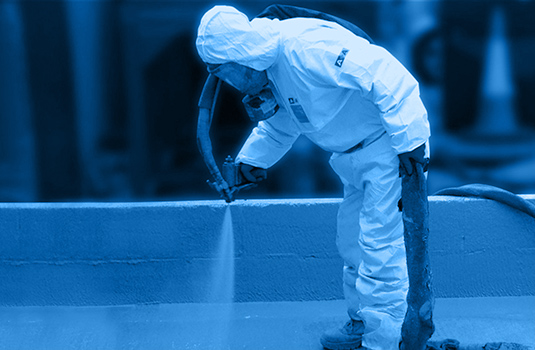
1 Sep Asset Resilience In Practice: A Case Study on Environmental Containment
Posted at 10:07 in Flood Resilience, Resilience by Rene Willemsen
In this article I’ll be talking you through one of our projects – this time concerning an NHS clinic in Oxfordshire.
As you can see from the images below, this particular site housed an un-bunded heating oil tank. While technically a double skinned tank that did not require bunding according to the relevant legislation, the client recognised that in the relatively likely event of a pipe fixture and fittings failure, our intervention would help prevent the adjacent stream from being needlessly polluted. It’s this exact forward thinking and conservative approach to risk management that I believe is so fundamental to asset resilience and will continue to pay dividends in the future. This holds especially true at a time where assets and critical infrastructure face increasingly severe and frequent threats.
We took a number of steps to prevent this issue altogether. First, we calculated that the most suitable height for the bund would need to be based on the volume of the tank. With this in mind, we then installed JBAR® – our patented oil containment and flood defence system – across the entranceway to create a bund, before adding a spray lining for an additional layer of protection against leakage and ingress alike.
With the heating tank now protected by a completely hydrocarbon and waterproof seal, we had to consider the potential issue of rainwater accumulating in the bund to create what essentially would have been a miniature swimming pool, defeating the purpose of the bund in the first place.
Faced with this issue, there are two obvious course of action, each with their drawbacks:
1. Dig out a sump, line it with Polyurea, and install an oil discriminating pump . This is very expensive however, and would likely cost more than the initial bunding and lining works.
2. Construct a roof, which is needlessly expensive and impractical as it would interfere with oil deliveries given the refill hatch is on top of the tank.
Because of these costs and limitations, we decided to install a hydrocarbon reactive filter instead. This allows rainwater to flow freely through the filter except in the event of a catastrophic tank or pipework failure, at which point any hydrocarbons will react with special polymers in the filter, instantly solidifying to seal the filter and contain the oil in the bund: an inexpensive, but very effective oil containment solution.
For an another, more detailed example of our oil containment solutions in action, click here.
To find out more about our comprehensive range of asset resilience solutions and why they’re trusted by all the 7 DNOs to help extend the life of substation assets, visit our dedicated website or send me a message on LinkedIn.



